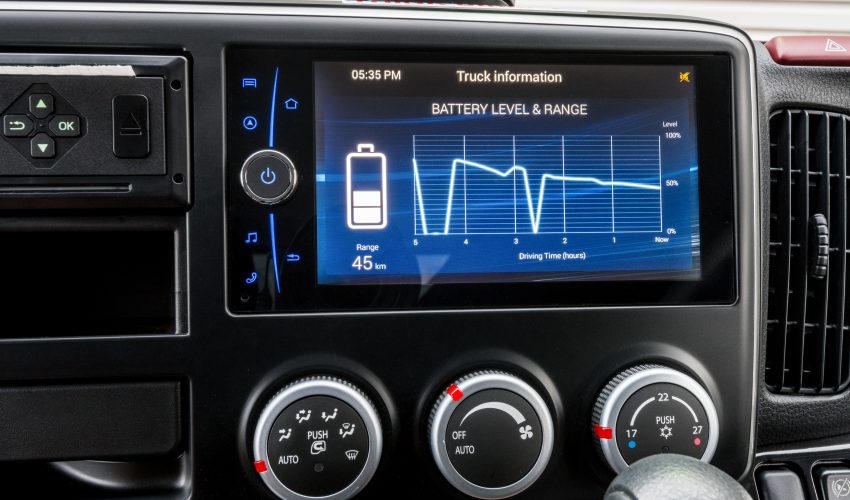How aerodynamics affect the range of electric trucks

Massive interest in electric vehicles has led to significant advances with electric trucks. Fuso are releasing the new eCanter across the globe. This is an all-electric variant of the Canter, which will be on sale from spring 2018. Tesla have just displayed the Semi concept tractor unit. This, however, is not expected to be available in the UK for a some time. Other firms are working on new electric trucks which we expect to see in the next few years.
One of the most significant issues with these has been range, which is a vital metric for operators, and often may be a major factor in choosing a vehicle. Compared to diesel vehicles, electric trucks have much lower range, although diesel vehicles don’t have the other advantages that electric trucks do.
Operators using Air Management Kits can significantly improve the range of electric vehicles. Some argue, however, that electric trucks are more likely to be used in urban delivery and short-haul scenarios, where lower speeds mean aerodynamics are not such a significant issue. Aerodyne has conducted research which shows that even at low speeds, aerodynamic drag is a significant factor.
AMKs are usually thought of as fuel-saving enhancements, but improved aerodynamic efficiency can lead to improvements for electric trucks. Most relevant would the improvement of vehicle range. If you take the Fuso eCanter as an example, you can see how this benefits operators.
An Example
The eCanter is a 7.5 tonner which we can assume has a box body. Approximate dimension for this could be 2.4m (W) x 3.2m (H). The model shown at the IAA has a battery capacity of 70Kwh. We can assume a drag coefficient of 0.9 for this example. We will use a gross weight of 6.5 tonnes. This is because in practise many trucks decrease in load as the day progresses. Given these figures, the eCanter needs 22.99Kw of power to achieve a steady 30mph on a level road. This means that at a steady 30mph the eCanters range would be 91.32 miles.
Introduction of an air kit like this is capable of reducing the drag by around 25% on such a truck. Given a 25% reduction in drag, the eCanter would require 20.23Kw to achieve a steady speed of 30mph. This means that energy is saved and range is increased by 13.6%, which equates to an impressive extra 12.46 miles. These statistics clearly show that improving aerodynamics can bring significant benefits to electric trucks, as well as diesel trucks.
